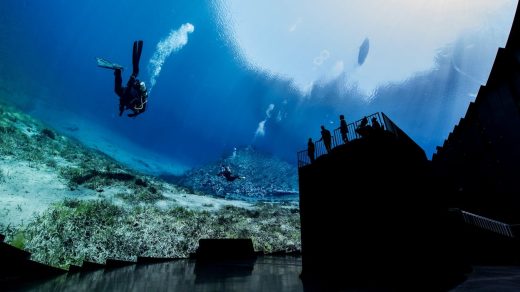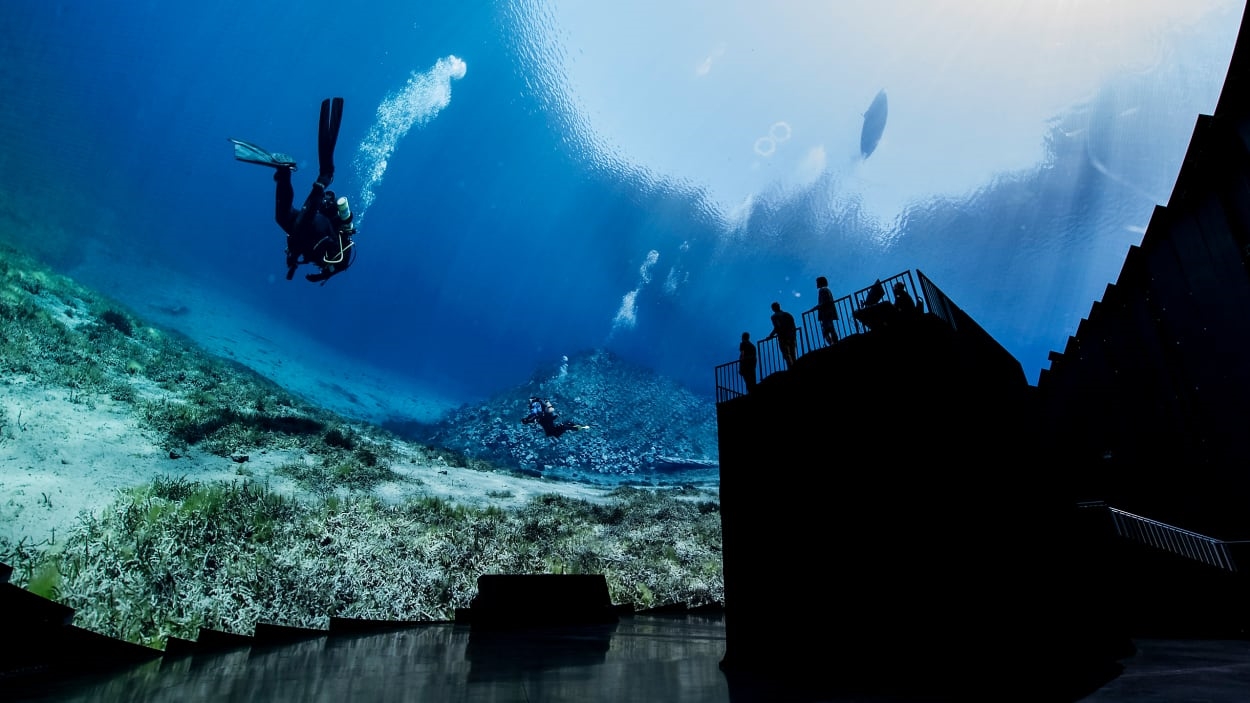Las Vegas’ Sphere arena looks beyond U2 with immersive new film experience
The soon-to-be-opened Sphere arena is changing the face of Las Vegas, bringing arguably the first major new addition to the Strip since the Bellagio fountains in 1998. To kick off the Sphere’s opening, U2 will be playing a 25-night residency—an ordeal that has received all manner of publicity (up to and including a Super Bowl commercial).
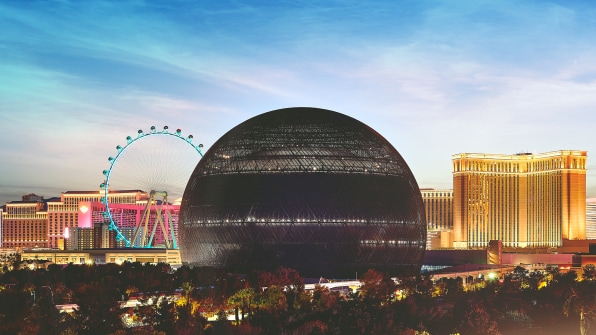
But the Sphere is being designed as much more than a concert venue. And Sphere Entertainment (formerly Madison Square Garden Entertainment Corp.) is launching a massive new division that will oversee some of those attractions.
The company on Monday announced the launch of Sphere Studios, which will create original immersive entertainment for Sphere—and has invented a new, ultra-high definition camera system to help it do so.
The first release from Sphere Studios will be Postcard from Earth, a film that required crews to travel the world with the camera system—officially called Big Sky—to explore life on the planet. (Sources tell Fast Company that Academy Award-winner Darren Aronofsky is directing the film, though Sphere Studios wouldn’t confirm that detail.)
While that might all sound like any other Imax movie, the images Sphere has released show an immersive experience that could redefine filmmaking for audiences.
“It’s so difficult to describe what we’re calling the Sphere experience,” says David Dibble, CEO of MSG Ventures, a division of Sphere Entertainment that focuses on developing technologies for live entertainment. “No sizzle reel and certainly no Power Point can do it justice. Even describing it can’t. Human beings try to understand it by associating it with something they know, so it’s normal to correlate it and say ‘Oh, it must be a giant Imax.’ Nope.”
Rather than just projecting an image on a large screen, Postcard from Earth will surround audiences in images shot in 18K (and presented inside the bowl at 16K by 16K and 60 frames per second). Using Big Sky’s proprietary technology, the images won’t need to be stitched together, meaning no seams or distance limitations.
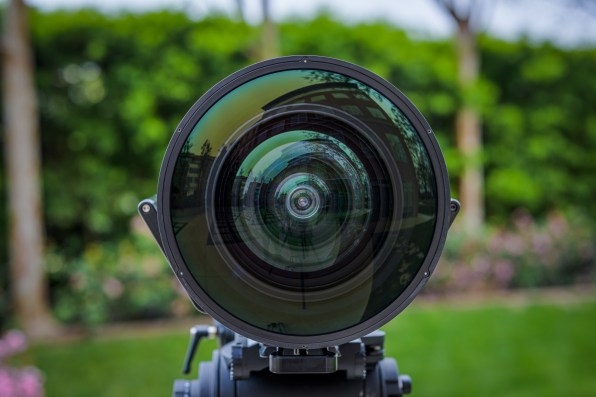
‘A giant leap forward for imaging‘
Work on the camera system started in early 2021 with the first shoot taking place last October. Before Big Sky’s creation, Sphere Entertainment said in a press release, ultra-high-definition images required 10 to 15 cinematic cameras to shoot the same sort of content.
“Big Sky is a giant leap forward for imaging,” said Deanan DaSilva, the lead architect of Big Sky at Sphere Studios. “[It] allows us to capture cinematic content at a level of detail never before possible, opening up extraordinary possibilities and pushing immersive imaging technology forward.”
A camera system like that chews through data storage. Dibble says to capture images at full resolution at the 60 fps rate, Big Sky outputs 32 GB of data per second.
“Big Sky is never going to be done,” he says. “We see it as a platform.”
To work on these entertainment experiences, Sphere Studios has launched a 68,000 square foot production and editing facility in Burbank, California, which includes a 100-foot high recreation of the Sphere as a screening and production facility. At present, the studio employs about 300 people and has 25 petabytes of data storage capacity.
The Vegas Sphere, by comparison, is large enough to contain the Statue of Liberty and has 580,000 square feet of LEDs on the outside, with another 160,000 square feet of LED panels inside, roughly the area of four football fields. Construction costs on the venue currently stand at $2.3 billion, more than $1 billion beyond the original estimates in 2018.
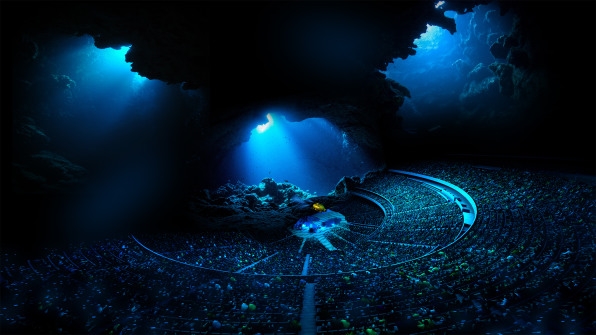
Thinking beyond movies
Postcard from Earth is going to be a lot more than just a movie, too. Sphere Studios says it will be creating multi-sensory experiences, incorporating sound, haptics, and environmental elements such as wind and scent alongside the visual effects. (Be prepared to pay more than you would at the local multiplex, though. Tickets to Postcard from Earth run from $49 to $199, depending on which showing you choose and where you sit.)
The Sphere experience won’t be limited to movies, either.
“Sphere Studios is in the middle of pretty much anything coming into our Las Vegas facility, whether it be a live performance like U2 or an internally developed attraction like Postcard from Earth,” Dibble says.
Other attractions beyond Postcard from Earth are already in the pipeline—and Dibble says the Sphere will see a fairly equal balance of those sorts of films and music and other other artists. And while Las Vegas will be the only place to experience it for now, that may not always be the case.
“Rest assured we are committed to content for this Sphere experience,” he says. “We believe that is the most impactful way we can deliver these types of experiences to people the world over. Because, tell you what, Vegas is first, but it’s certainly not last.”
(26)

